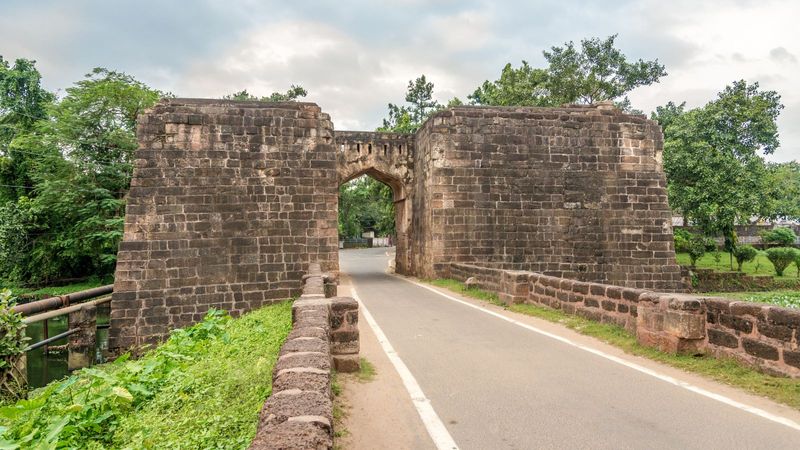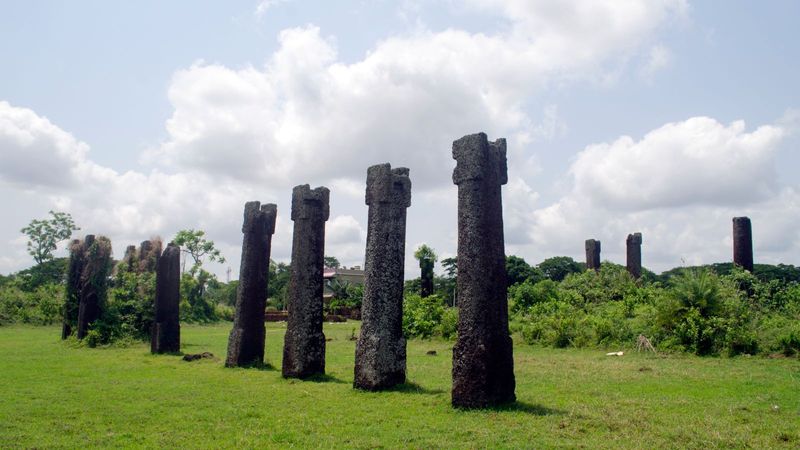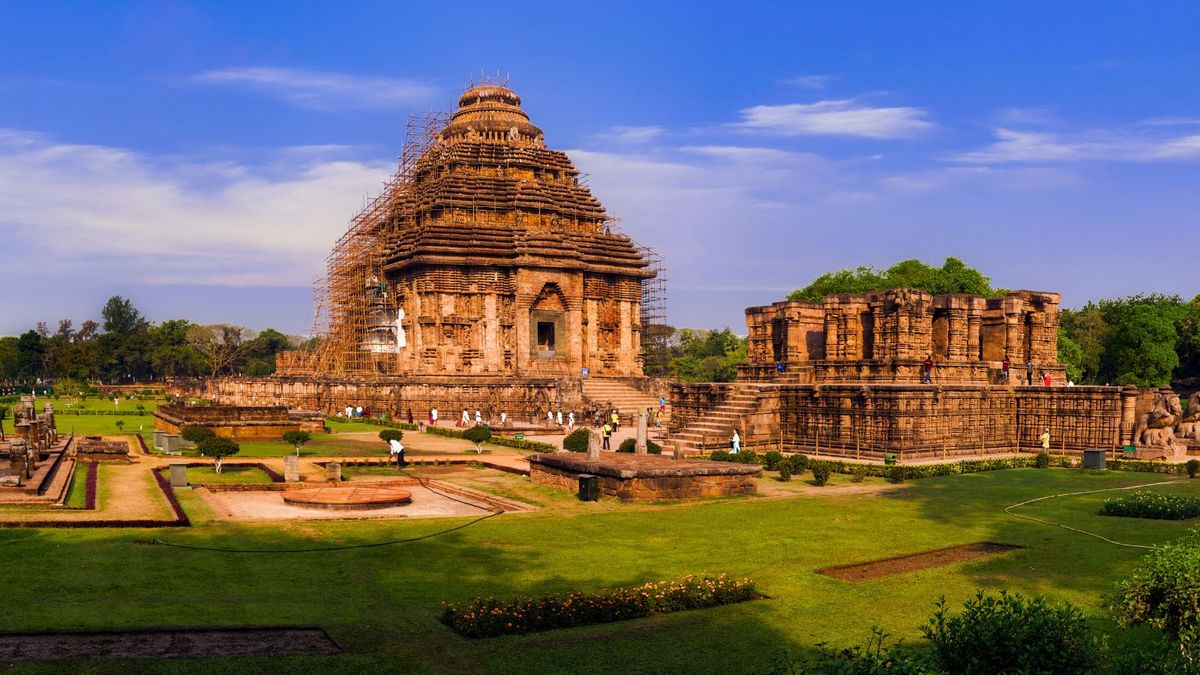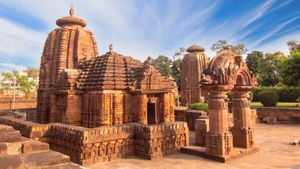Nestled in the eastern part of India, the state of Odisha (formerly known as Orissa) boasts a rich cultural heritage that spans millennia. This land is adorned with an array of historical monuments that bear witness to the region's illustrious past, reflecting the interplay of various dynasties, artistic styles, and religious influences. From ancient temples to majestic forts, the historical monuments of Odisha narrate stories of glory, spirituality, and artistic brilliance.
Below, we’ve listed the captivating historical monuments that define Odisha's cultural tapestry
1. Konark Sun Temple, Konark
The Konark Sun Temple, a UNESCO World Heritage Site, stands as an epitome of Odisha's architectural prowess. Built during the 13th century by King Narasimhadeva I of the Eastern Ganga dynasty, the temple is a remarkable ode to the Sun God, Surya. Its unique chariot-shaped structure, adorned with intricately carved sculptures and reliefs, celebrates the cycle of life, seasons, and cosmic order. The temple complex was designed as a celestial chariot with 24 wheels, each intricately carved with symbolic motifs and stories from Hindu mythology.
2. Jagannath Temple, Puri
The Jagannath Temple in Puri is one of the most revered pilgrimage sites for Hindus. Constructed in the 12th century by King Anantavarman Chodaganga Deva, this temple is dedicated to Lord Jagannath, an incarnation of Lord Vishnu. The Rath Yatra, or Chariot Festival, held annually, draws millions of devotees from across the country. The temple's sanctity and its impact on Odisha's culture are immeasurable, influencing art, music, and literature for centuries.
3. Lingaraj Temple, Bhubaneswar
The Lingaraj Temple, located in the heart of Bhubaneswar, the state capital, is a masterpiece of the Kalinga architectural style. This 11th-century temple is dedicated to Lord Shiva and boasts a unique blend of religious significance and architectural brilliance. The temple's towering spire, intricately carved sculptures, and ornate toranas (arched gateways) showcase the fusion of spiritual devotion and artistic expertise.
4. Udayagiri and Khandagiri Caves, Bhubaneswar
The Udayagiri and Khandagiri caves, situated on the outskirts of Bhubaneswar, offer a glimpse into the lives of ancient Jain monks. These rock-cut caves date back to the 2nd century BC and were carved out of sandstone hills. The caves feature elaborately carved doorways, inscriptions, and sculptures depicting scenes from Jain mythology and daily life. They provide valuable insights into the ascetic traditions and artistic sensibilities of ancient Odisha.
5. Ratnagiri and Lalitgiri
Ratnagiri, Lalitgiri, and Udayagiri collectively form the Diamond Triangle, a significant Buddhist heritage site in Odisha. These sites, dating back to the 7th century AD, contain stupas, monasteries, and sculptures that reflect the influence of Buddhism in the region. Ratnagiri, in particular, is known for its large Buddhist monastery complex and its treasure trove of sculptures and artefacts, shedding light on the spiritual and scholarly pursuits of the time.
6. Barabati Fort, Cuttack

Barabati Fort, located in Cuttack, stands as a testament to Odisha's historical struggles and resilience. Constructed by the Ganga dynasty in the 9th century, the fort has witnessed numerous battles and changes of power over the centuries. Its strategic location near the Mahanadi River made it a crucial stronghold for various rulers. Today, the fort's ruins and the adjacent Barabati Stadium are symbols of the region's rich history and sporting culture.
7. Mukteshwar Temple, Bhubaneswar
The Mukteshwar Temple, dedicated to Lord Shiva, is a refined example of the early Kalinga architectural style. Built in the 10th century, the temple's structure is known for its ornate torana and beautifully carved figures. The temple's exquisite artwork, characterised by intricate patterns and delicate sculptures, reflects the aesthetic sensibilities of the time.
8. Dhauli Giri, Dhauli
Dhauli Giri holds immense historical and spiritual significance as the site where Emperor Ashoka, after witnessing the horrors of the Kalinga War, renounced violence and embraced Buddhism. The Dhauli Hill is adorned with a massive white Peace Pagoda, known as the Shanti Stupa, which commemorates Ashoka's transformation and promotes peace and harmony.
9. Sisupalgarh, Khurda

Sisupalgarh, near Bhubaneswar, is an ancient fortified city that dates back to the 3rd century BC. With well-planned streets, fortifications, and drainage systems, the site provides insights into urban planning and architecture during that era. The remains of Sisupalgarh offer a glimpse into the organized and structured life of its inhabitants.
10. Chausathi Yogini Temple, Hirapur

The Chausathi Yogini Temple, located in Hirapur, is an unusual circular temple dedicated to the 64 yoginis, the female attendants of Goddess Durga. Dating back to the 9th century, this temple is an important example of the yogini cult that flourished in Odisha. Its circular design and intricately carved figures are unique in Indian temple architecture.
Disclaimer: The details mentioned throughout this blog are sourced from publicly accessible platforms. At Zeezest, we intend to share factual and verified information. Should there be any inconsistencies or variances in the information provided, please understand that these are entirely unintentional and not meant to mislead.




